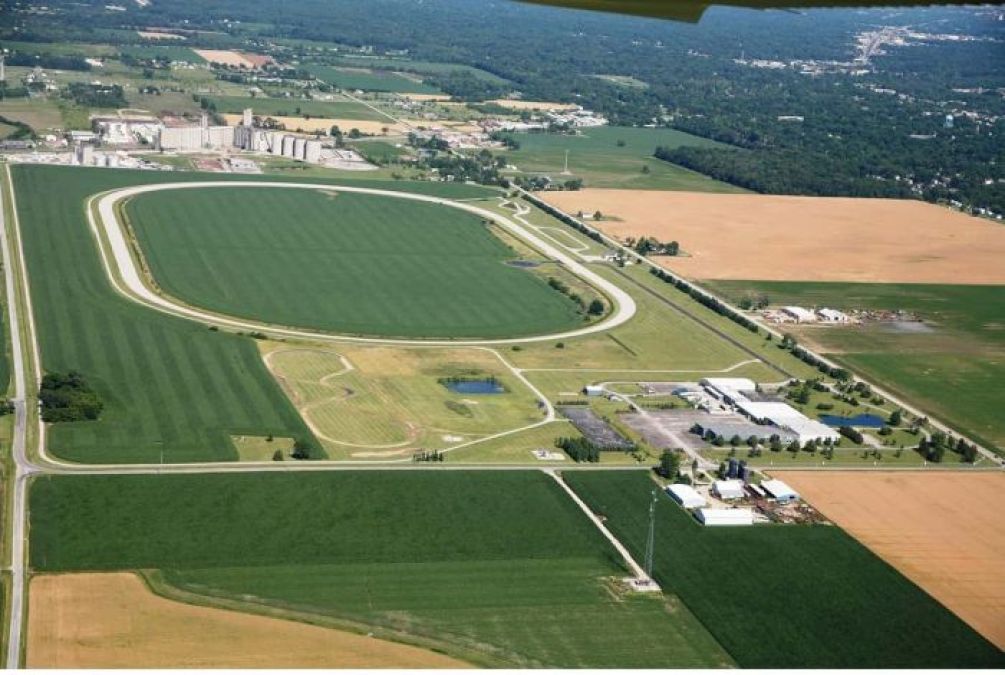In an effort to ensure that the public is safe during the testing of autonomous vehicles during their final development stages, Toyota is creating a huge, 30-acre test facility in Michigan. As with most automakers working on autonomous vehicles, Toyota has already done all of the easy things. What’s left is what Toyota and other industry leaders refer to as “edge case scenarios.” Situations where the technology meets its limitations and requires further tweaking.
The new facility is located in the Michigan Technical Resource Park (MITRP) in Ottawa Lake. Toyota says that the new facility will be used to test scenarios “…too dangerous to perform on public roads.” “By constructing a course for ourselves, we can design it around our unique testing needs and rapidly advance capabilities, especially with Toyota Guardian automated vehicle mode,” said Ryan Eustice, TRI senior vice president of automated driving. “This new site will give us the flexibility to customize driving scenarios that will push the limits of our technology and move us closer to conceiving a human-driven vehicle that is incapable of causing a crash.”
The track is about 2 miles long and has high-speed entry and exit ramps. Tricky spots. Guardian is Toyota’s system that intervenes when a human operator’s actions would put the vehicle at risk of crashing or having an accident of some sort. The exact opposite of Tesla’s Autopilot, which drives for human owners and then leaves the emergency situations for them to jump back in and deal with. Which, as has now been proven multiple times with deaths and crashes, is ridiculous. Human operators can lose focus, and expecting them to grab back control at the last minute during an impending crash is just not how reality works. Uber’s recent pedestrian fatality caused by its autonomous vehicle also proves that the idea of a human retaking control is simply not workable. Tesla openly admits that its current Autopilot mode is a beta system being tested, with fatal results in at least two instances, on public roads.
The idea that Toyota could create a model or a series of models that have no crash deaths is not completely unrealistic. In a study of real-world crash death rates, Toyota/Lexus had the most “zero” driver death rated vehicles. Volvo, by contrast, had no models with that low of a rate.





